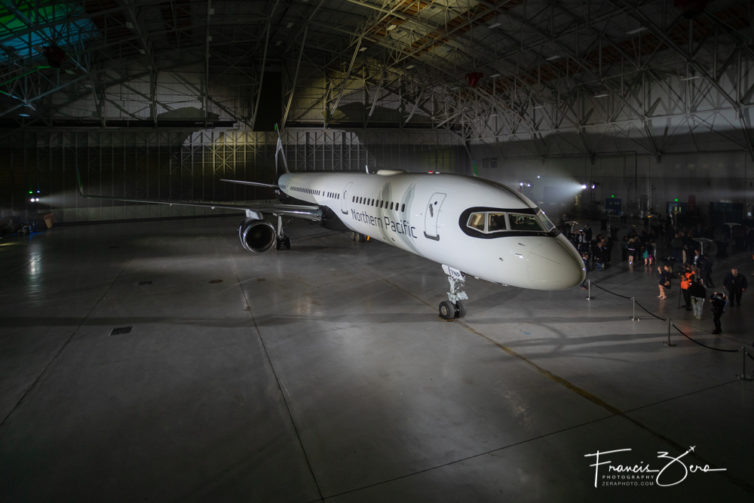
Northern Pacific’s fresh livery on its first 757-200 at SBD
Planning to connect cities in the United States to Japan and Korea via its hub at Ted Stevens International Airport in Anchorage, Alaska, a la Icelandair’s routes to Europe via Reykjavik, Northern Pacific Airways (NPA) rolled out their first painted 757-200 at an extravagant event at southern California’s San Bernardino International Airport (SBD).
The airline is aiming to launch service later in 2022, although that may slip to 2023 due to the complexities of starting an international route system.
Founded in 2021 by Rob McKinney and Tom Hsieh, Northern Pacific has already purchased six Boeing 757-200 airliners, and their first one has been painted and is completing its C-check at Certified Aviation Services at SBD. The three-class interior (business, economy plus, and economy) has not yet been installed. The airline is a subsidiary of FLOAT Alaska, which also owns regional carrier Ravn Alaska.
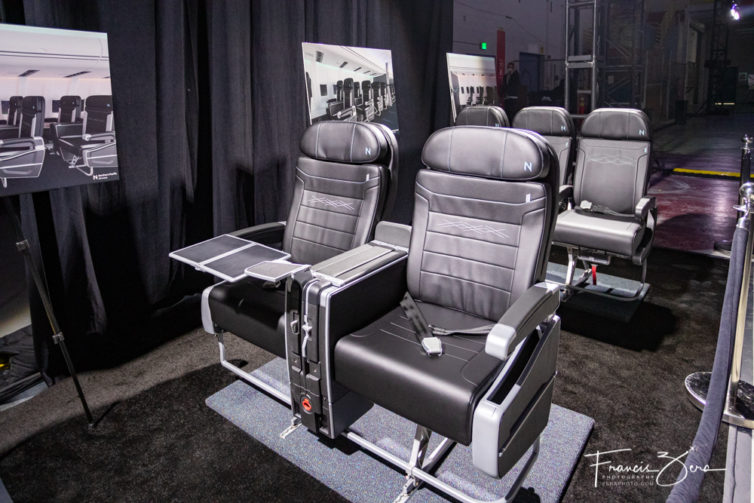
The interiors will be of the three-class variety typical of LCCs: business, premium economy, and economy.
We sat down with NPA’s CEO Rob McKinney for a quick interview before the unveiling.
Asked why they opted for Boeing 757s, which are getting long in the tooth (Boeing stopped production in 2004), McKinney said “it can do the mission we need out of the gate,” especially as the Airbus A321XLR is not available yet.
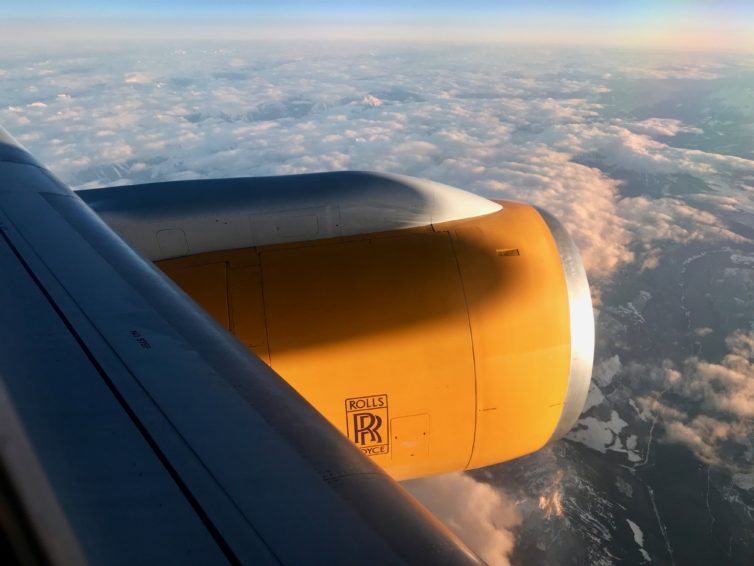
The nose of our 757 shadowing the engine nacelle as we climbed above the clouds. Heading west from Iceland at 5 p.m., we had sunset conditions for the whole flight
à¾etta reddast is an iconic Icelandic phrase that roughly translates to “it’s all going to work out.” It seems a suitable title for the review, because everything on my economy-class flight on Icelandair worked out very well.
My flight was from Keflavik International Airport (KEF) to Seattle-Tacoma International (SEA) in seat 14A aboard TF-FIK, a 20-year-old 757-200 that must have gone through a refurbishment relatively recently, as the interior looked very fresh. The aircraft had originally been built for Iberia back in 2000, and, if you look closely, you can find traces of that heritage the aft lavatory doors still have their “occupied” signs written in Spanish.
I was headed to Seattle on a Monday evening in February (before the coronavirus became an issue); not exactly prime tourist season, even by busy Icelandic standards. Correspondingly, the flight had quite a few empty seats. Once people finished shuffling themselves around to sit with their traveling companions, it left me in the fortuitous position of having an entire row to myself, a treat that I haven’t enjoyed in a very long time.
Backing up a bit, though, boarding was fast and easy. It was my third visit to Iceland, and my first time departing from a jet bridge at the terminal instead of being bused to a hardstand – KEF has been busily building out its terminals to add more jet bridges and basic capacity.
It was snowing outside, so even though I was disappointed at the missed photo opportunities you get when boarding from the ramp, it was nice not having to go out in the snow to get on board.
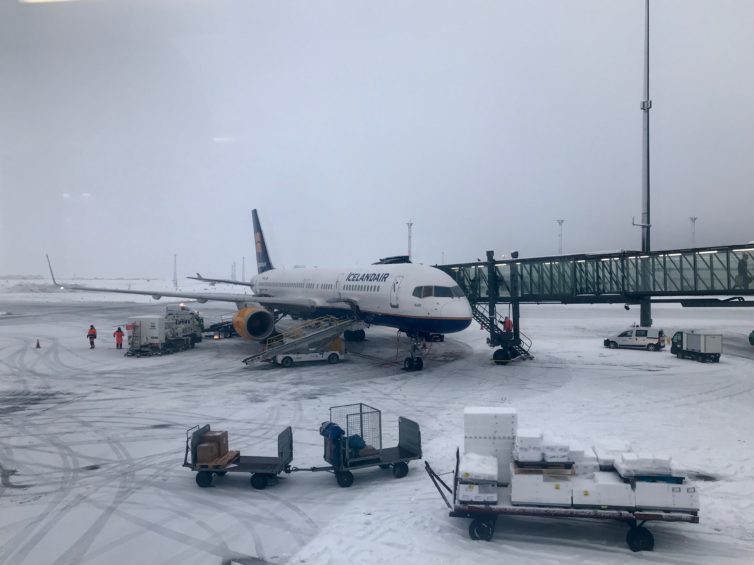
A snowy February afternoon at KEF airport
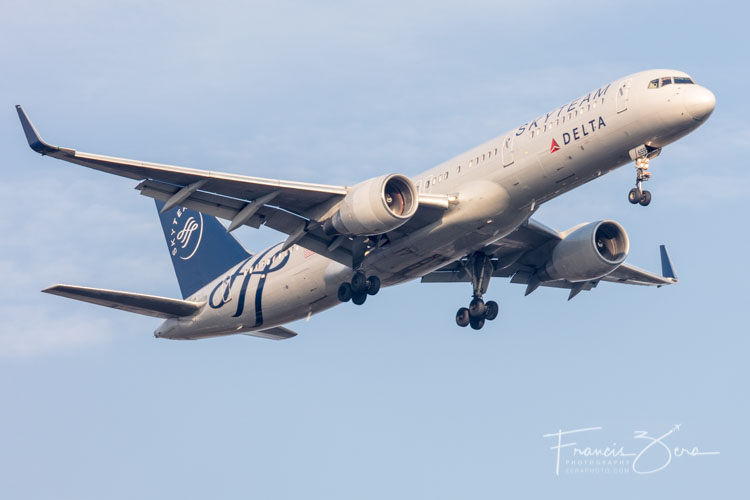
A Delta 757 in the Sky Team livery on approach to Seattle-Tacoma International Airport
The recent announcement by Delta Air Lines that it will be ordering 100 new Airbus A321neo jets could put a nail, or perhaps rivet, into the coffin of a 757 replacement.
I knew this Delta announcement was coming years ago when I was working for Boeing and had an insightful chat with a very high-ranking Boeing executive. The chat was not in a public forum, so I will not say who it was, but trust me – this person knew what he was talking about. He told me that he felt Delta may never buy from Boeing again. He went on to talk about how Delta’s former CEO, Richard Anderson, and its current leadership, was pretty much married to the French conglomerate.
Prior to Delta, Anderson made a couple of big Airbus purchases while heading Northwest Airlines. Delta’s entire A319, A320 and A330 fleet comes from Northwest. So what’s this have to do with the flirtation of a new 757? Delta is far and above the biggest 757 user with 128 757s, a total that was boosted after the 2008 merger with Northwest Airlines. United’s the next-largest passenger carrier at 77 and American is third with 52. The aircraft is still popular in the US, but not as much overseas.
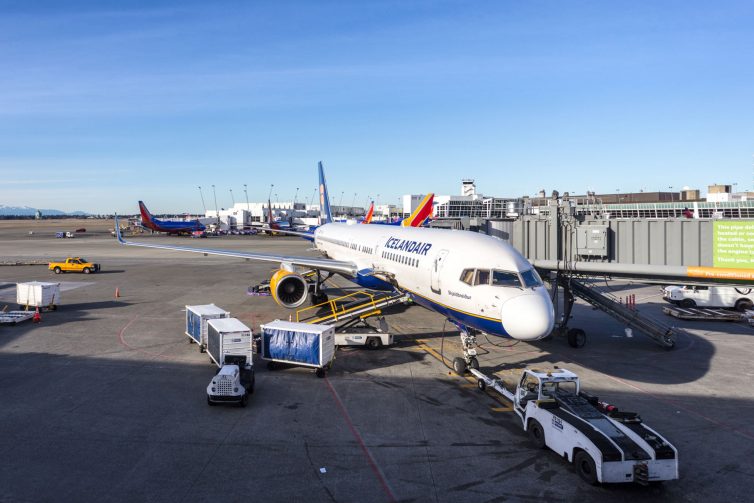
Icelandair’s Skjaldbreià°ur at SEA, being loaded for KEF – Photo: Francis Zera | AirlineReporter
Let’s just start by saying that, yes, I saw the aurora on the flight, and, yes, it was awesome.
Saga Class is Icelandair’s top-tier cabin service, and is roughly equivalent to business class on other airlines. Check-in and boarding were a breeze. When boarding the aircraft, the 22 Saga-class passengers turn left toward the front of the plane, making it very easy to forget that you don’t have the whole plane to yourself. The accompanying checked-baggage allowance seemed quite generous: two 70-lb. bags per person.
Icelandair shares a lounge with several other smaller airlines in Seattle-Tacoma International Airport’s international terminal (SEA). The lounge is comfortable and clean, if a bit uninspired, but a fine place to wait for your flight. The hot-food options were welcome, and on the day I was there most of the dishes were Asian themed, which are a personal favorite.
The aircraft for the flight to Reykjavik was TF-LLX, aka Skjaldbreià°ur, a 757-200 which hadn’t yet been through Icelandair’s cabin refresh program. The interior was a tiny bit worn around the edges and had old-style IFE screens, but it was still all very comfortable and clean. Icelandair names its aircraft after Icelandic volcanoes, and, with about 130 of the things in the country, it doesn’t appear that they’ll run out of names anytime soon.
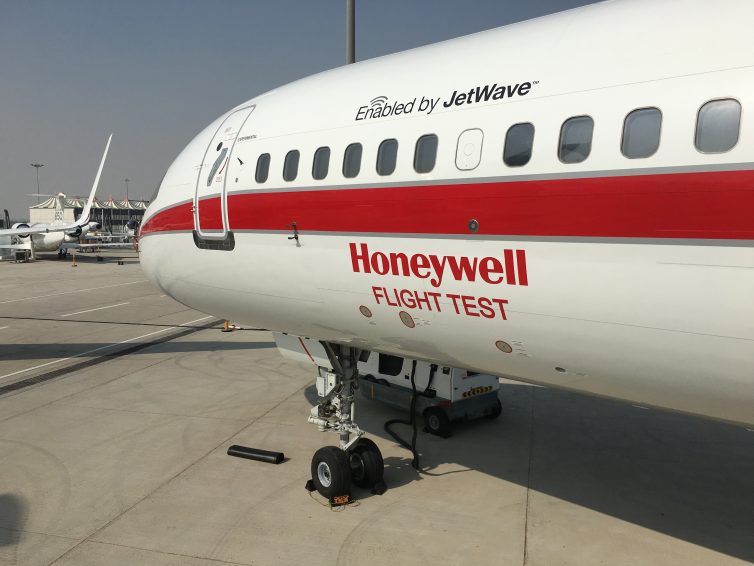
The star of the MEBAA static display, Honeywell’s flying testbed Boeing 757 N757HW – Photo: Jacob Pfleger | AirlineReporter
As part of this years Middle East Business Aviation Association (MEBAA) show at Dubai-Al Maktoum Airport (DWC), there were over 45 aircraft on static display. Of course, there were countless VIP Boeing and Airbus jets there, however for me the highlight was the Honeywell Boeing 757-200 flying testbed. The aircraft has a rather interesting history; it started out life with Eastern Airlines in 1983 before operating for a British leisure airline from 1995-2002, before finally coming to Honeywell in 2005 after a few years in storage. As of 2008, the aircraft has completed over 400 test flights and some 1,700 flight hours in over 15 countries. That’s impressive.
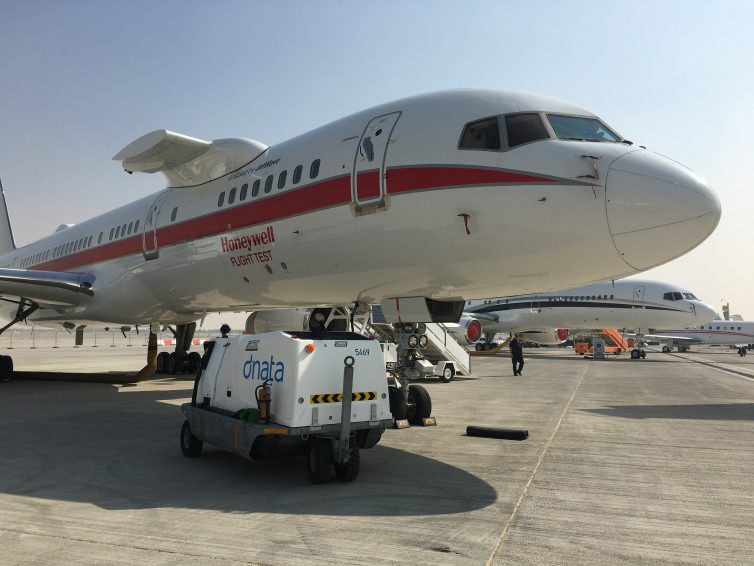
This is no ordinary 757 – Photo: Jacob Pfleger | AirlineReporter
The most distinguishing feature of the aircraft is the engine mount on the forward right-hand section of the fuselage. The mount is primarily used for in-flight testing of new engines — mainly for the corporate jet market. The most notable engines that were tested and certified on the aircraft include the HTF7000 and TFE731 engines, which power the Learjet aircraft series.







